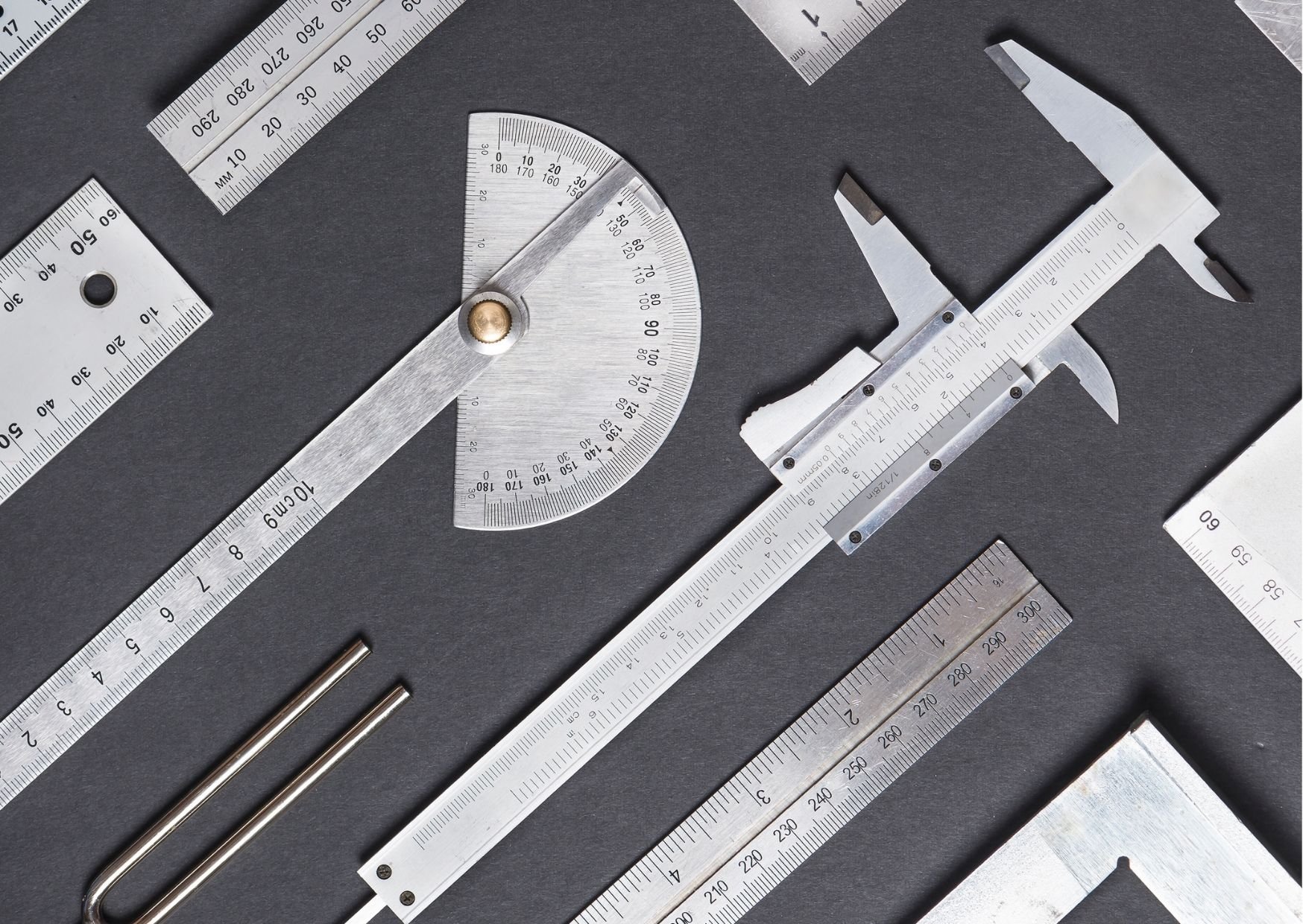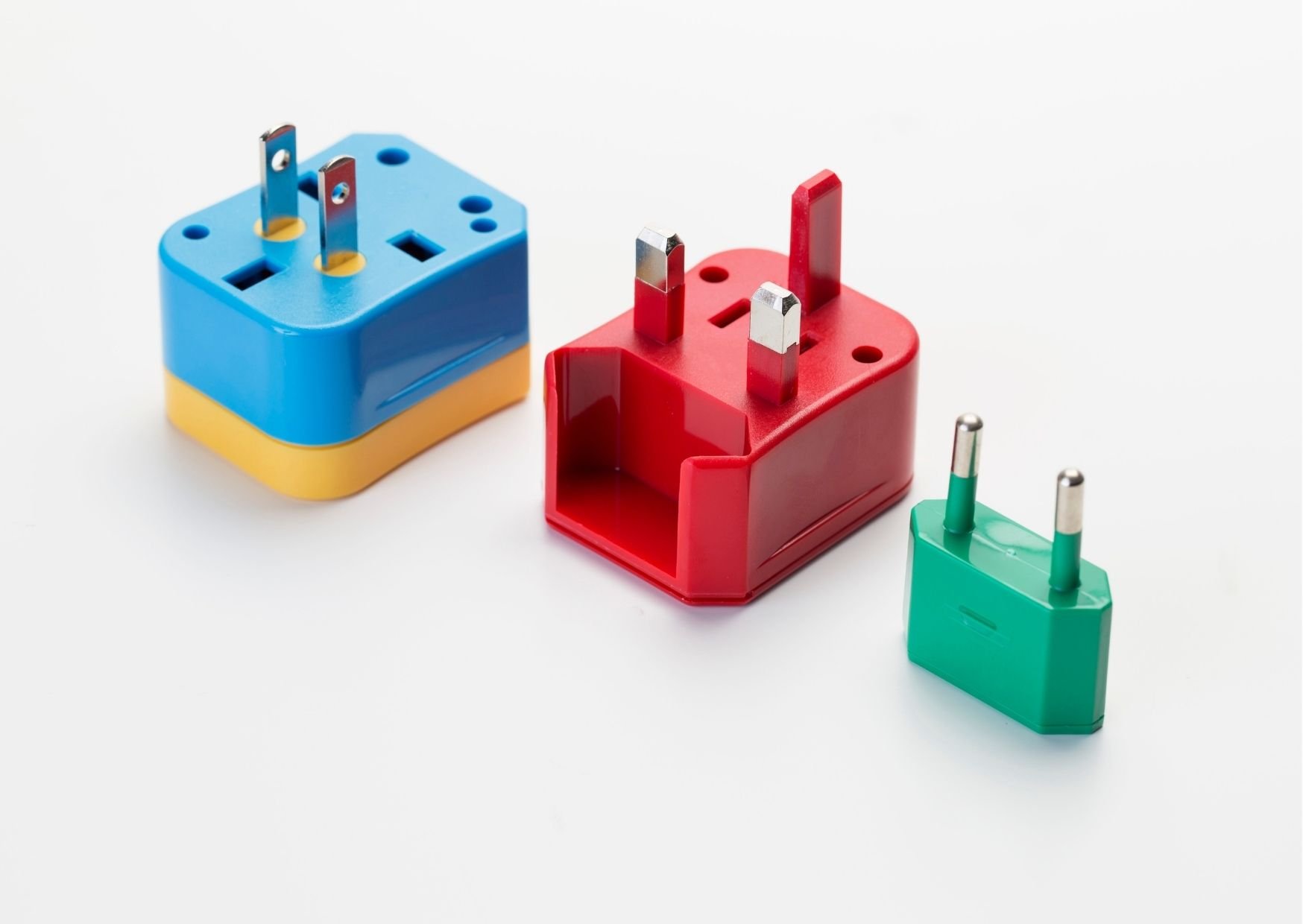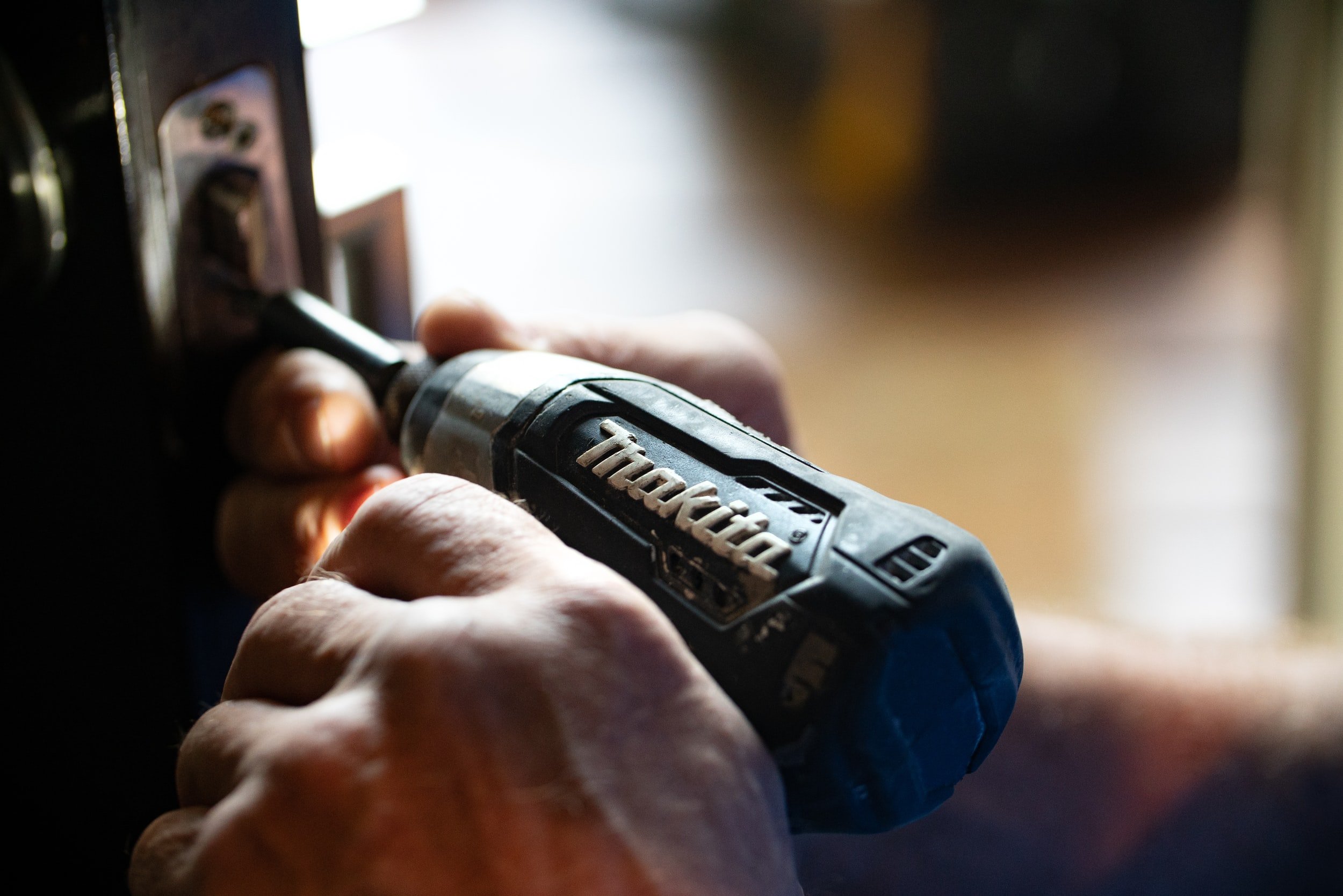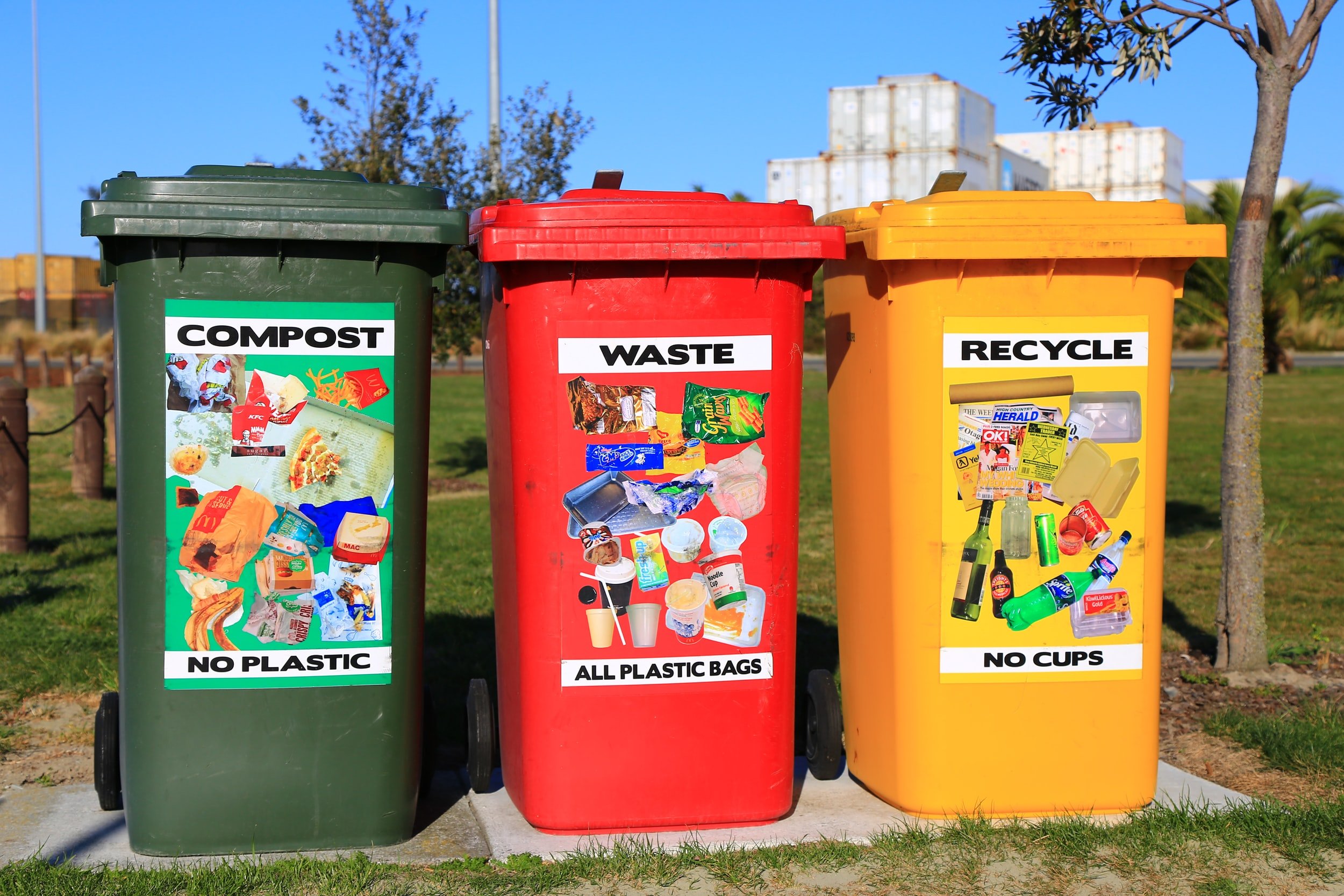How Should Sustainable Products Be Designed?
Using recycled materials is only part of the process to creating sustainable products. During the design process, it’s important to consider the environmental, economic and social impacts from the initial phase through to the end of life. Below are a few thinking points and strategies to think about.
Standardisation
Standardisation of parts and resources allow products to be repaired more easily, allowing consumers to keep using their products for longer. Making designs as standardised as possible ensures parts are easy to replace.
Adaptability
Consumer needs are always adapting. Therefore designing products to be adaptable allows consumers to use them for longer. Adaptable designs makes it possible to change the style, form, or function of a product by, for example, altering configurations through modular design.
Recyclable materials & remanufacturing
We should of course, always look to use recycled/renewable materials as much as possible and bear this in mind when designing products. We should also consider remanufacturing. This is the process of reviewing and utilising usable parts from old products for new ones. Utilising parts and resources which are already in use can save on energy, water and materials.
Design for care & repair
It's important to think about how products are used in daily life, how often they are used and their life expectancy. Can your product be easily maintained and cared for by the user? And are your products simple and cost effective to repair?
Can your products be recycled?
Choosing materials and considering how they are combined are important if you want your products to be recycled. Recyclable products need to be made of recyclable materials that can be separated.





